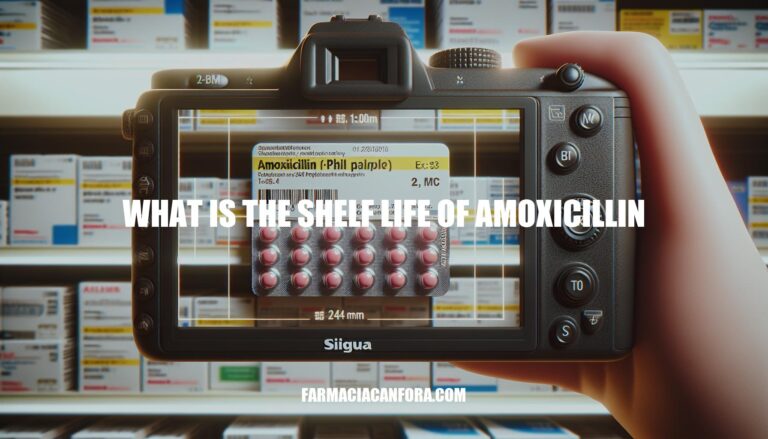


Amoxicillin is a widely used antibiotic effective against various bacterial infections. The shelf life of amoxicillin varies depending on its form: capsules and tablets typically last 2-3 years, while liquid suspensions are only effective for 7-14 days after preparation. Ensuring you use amoxicillin within its shelf life is crucial for maintaining its effectiveness and safety, as expired medication may not work properly and could potentially lead to treatment failure.
Amoxicillin capsules and tablets generally have a shelf life of 2 to 3 years from the date of manufacture. Several factors can influence this duration:
Ensuring these conditions are met can help maximize the effectiveness of amoxicillin throughout its shelf life.
Amoxicillin suspension, once mixed with water, generally has a shelf life of about 14 days. It’s crucial to store it in the refrigerator to maintain its potency and stability. Proper refrigeration helps limit degradation, ensuring the medication remains effective throughout its intended use period.
Here are the key factors affecting the shelf life of amoxicillin:
Storage Conditions: Amoxicillin should be stored at room temperature, away from extreme heat or cold. Liquid forms should be refrigerated and used within 14 days.
Packaging: The original packaging is designed to protect amoxicillin from environmental factors. Keeping it in its original container helps maintain its potency.
Exposure to Light and Moisture: Amoxicillin should be kept in a light- and moisture-resistant container. Exposure to light and moisture can degrade the medication, reducing its effectiveness.
Using amoxicillin past its expiration date can lead to several issues:
For these reasons, it is not recommended to use expired amoxicillin. Always consult a healthcare professional for appropriate treatment.
Amoxicillin’s shelf life varies depending on its form: 2-3 years for capsules and tablets, and 7-14 days for liquid suspensions after preparation.
Proper storage in a cool, dry place away from direct sunlight is crucial to maintain effectiveness and safety.
Factors influencing shelf life include:
Using expired amoxicillin can lead to reduced efficacy, inadequate treatment, and antibiotic resistance.
It’s essential to adhere to expiration dates for safe and effective use.